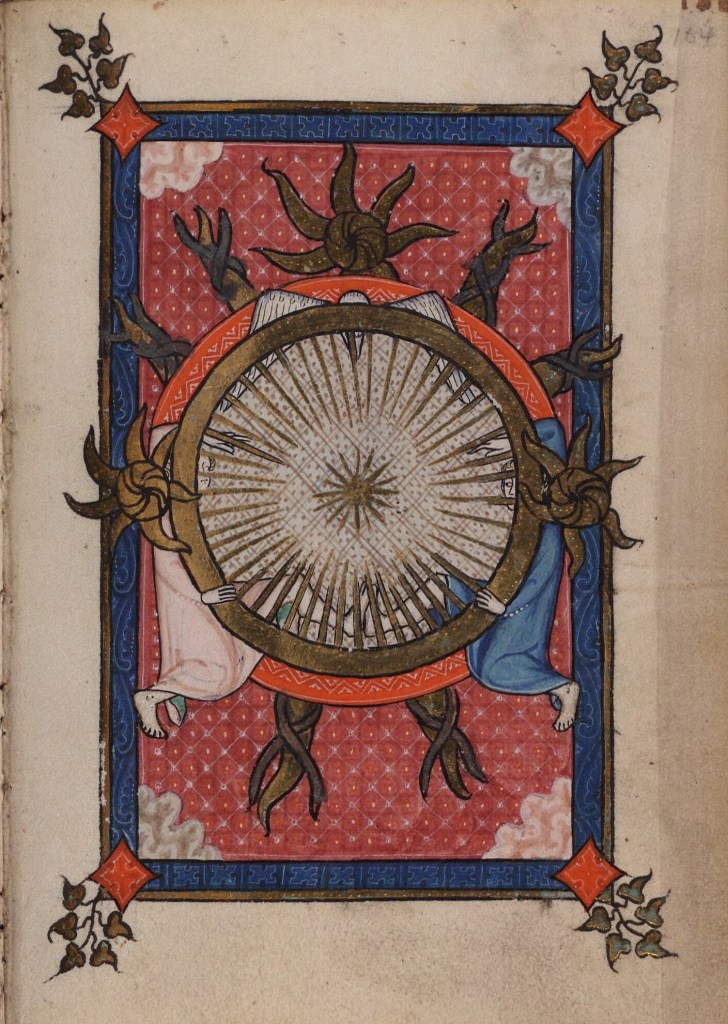The Transfiguration of the Human Being by Samuel Bendeck Sotillos
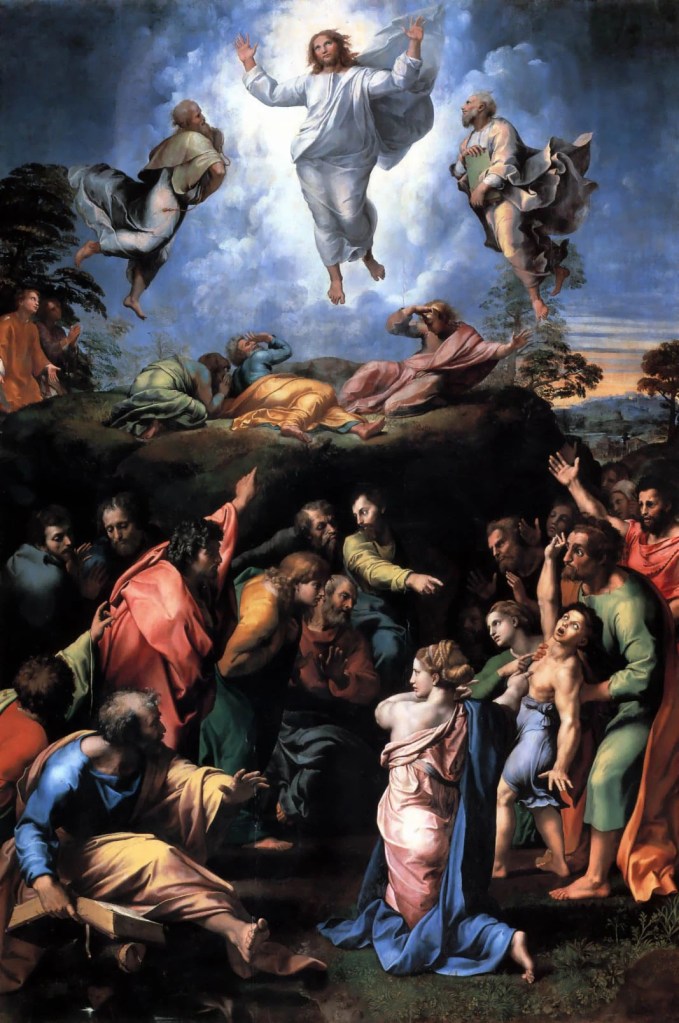
Men die but live again in the real world of Wakan-Tanka [Great
Spirit], where there is nothing but the spirits of all things; and this
true life we may know here on earth if we purify our bodies and
minds, thus coming closer to Wakan-Tanka, who is all-purity.
Black Elk
Your glory lies where you cease to exist.
Ramana Maharshi
While living / Be a dead man.
Bunan Zenji
The kingdom of God is for none but the thoroughly dead.
Meister Eckhart
He has died to self and become living through the Lord.
Rumi
Perhaps the most beneficial way to prepare for death is to recognize that we are in fact going to die. Although we cannot deny this fact, we can selectively defer thinking about death; yet the dilemma is that the overarching reality of death is always there side-by-side with life itself. Despite this ubiquity, ‘Man was created alone and he dies alone’.

Since the most remote times there has been a practice of continuously living with the awareness of death in one’s consciousness. The words of the adage Memento mori, Latin for ‘Remember that you are mortal’, encapsulate this practice. All the saints and sages speak in unanimity of identification with the empirical ego or separate self as the source of all human suffering. As Sri Ramakrishna (1836–1886), the Paramahamsa of Dakshineshwar, a spiritual luminary, powerfully expressed the need to die to our lower nature: ‘When “I” is dead, all troubles cease.’
An essential element in the world’s religions is the injunction that finds expression, for instance, in the well-known words of the Prophet of Islam: ‘Die before ye die’ (mutu qabla an tamutu).
Correspondingly within the Hindu tradition there is the concept of being ‘twice-born’ (dvija): our initial birth into terrestrial existence is one type of birth, the second birth that the religions refer to is an initiation into the spiritual path.
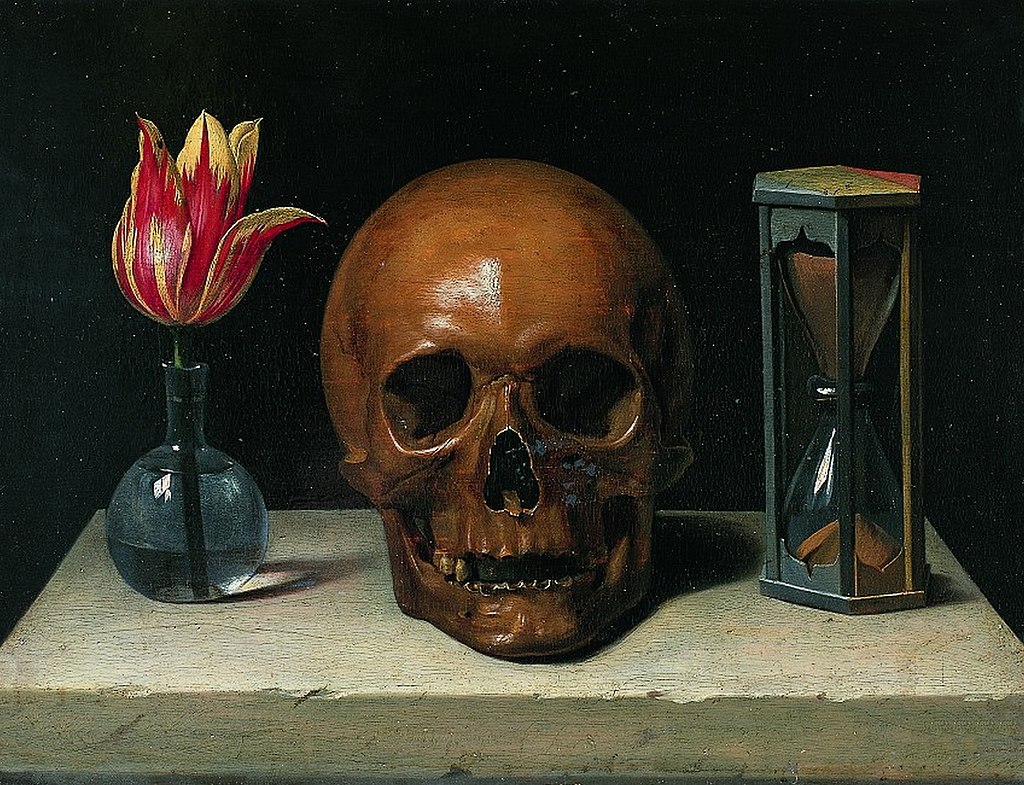
This alchemical and transformative psycho-spiritual process of dying before dying reoccurs in a myriad diverse forms and descriptions throughout the spiritual traditions, yet we can observe
the myriad points of convergence.
Just how universal this transformative process is has been underscored by the philosopher Frithjof Schuon (1907–1998): ‘every complete tradition postulates in the final analysis the “extinction” of the ego for the sake of the divine “I.”’
The French metaphysician René Guénon (1886–1951) also confirms the universal nature of the doctrine of mystical death and resurrection: ‘The idea of a “second birth”, understood in a purely spiritual sense, is indeed common to all spiritual doctrines.’
At the heart of every integral psychology or ‘science of the soul’ is the recognition of psycho-spiritual transformation or metanoia, which is inseparable from metaphysics and integral spirituality. This perennial psychology that is an application of the perennial philosophy
discerns between the horizontal dimension consisting of the empirical ego, and the vertical dimension that pertains to the transpersonal Self. The horizontal and vertical dimensions are interdependent, and are both required for the human realm and the realm of the Spirit.
However, it is essential to bear in mind that the vertical dimension precedes the horizontal and that the horizontal is reliant on the vertical dimension and not the other way around. As we recall, ‘To deny the spiritual is to deny the human.’
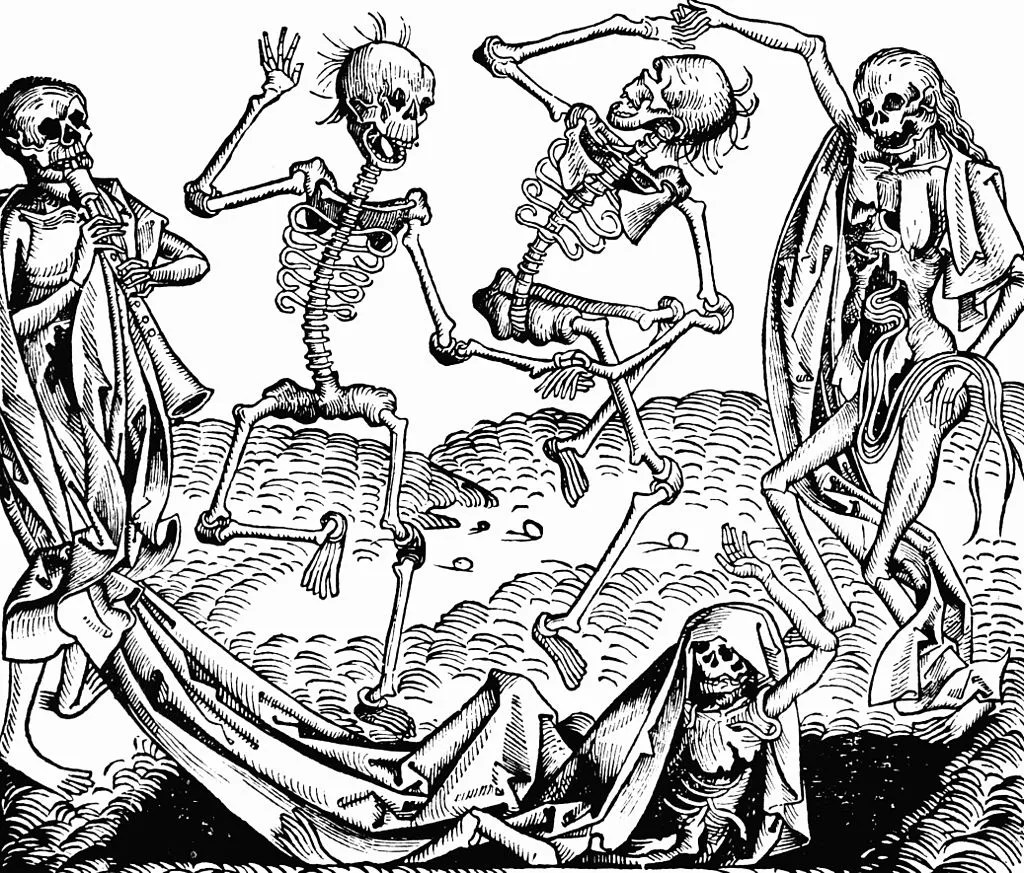
Look also: The Dance of Death: A warning for our Times
In what follows, we will explore psycho-spiritual integration and the symbolic meaning behind
mystical death and resurrection, as found in the universal and timeless wisdom found around the world.
Human consciousness is always ruminating on eschatological questions about our final ends, whether we are aware of it or not.
What does it mean to be born, to live, and to die? And who is it that is born, lives, and dies? These questions, although asked since time immemorial, hold as much importance today as they did in the past and remain equally perplexing because they illuminate the mystery of existence and the limits of human knowledge. Whitall N. Perry (1920– 2005) writes:
There are two historical moments in the life of every person on earth which are inexorably real and yet totally outside the reach of empirical consciousness: the moment of birth, and the moment of death. These two decisive events occur moreover exactly once, over the entire lifespan of the individual, and scarcely enter into his reflections at all—everything else considered.
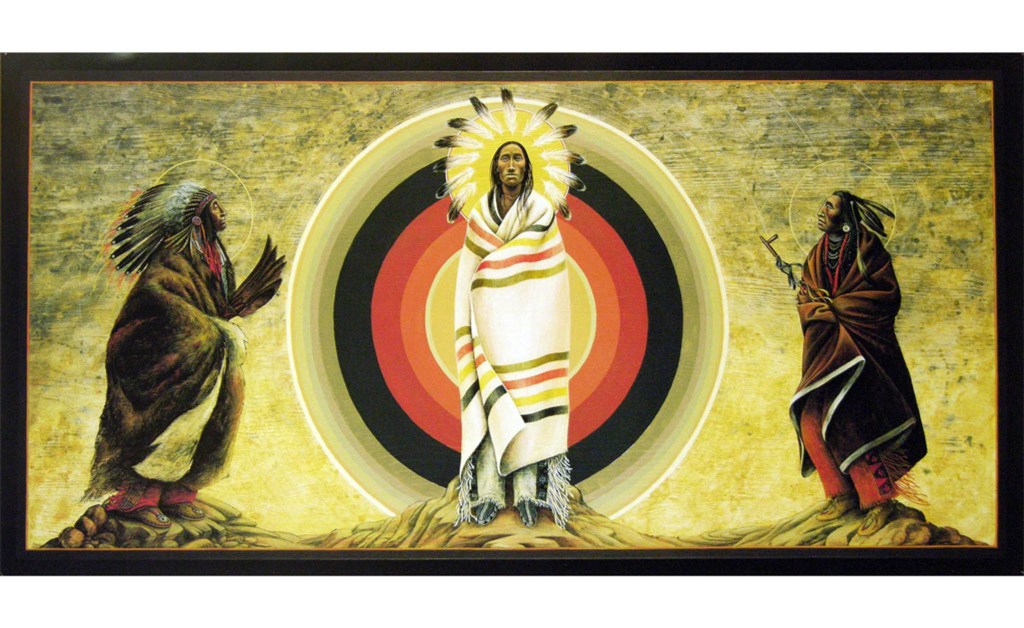
At the intersection of the horizontal and vertical dimensions, time and the temporal are juxtaposed with the timeless and Eternal. Through metaphysics we can make sense of the strange and enigmatic logic of death and dying and its transformative process.
While birth and death occur at opposite ends of a human lifetime, they are inextricably interconnected and intersect each other. They are both fundamentally linked to the sacred and originate from this common transpersonal source. Chuang Tzu makes a thoughtprovoking observation about the phenomenon of birth and death, alluding to what is beyond them both: ‘Birth is not a beginning; death is not an end.’

As it has been affirmed: ‘From the “point of view of eternity” birth and death are one.’The interconnected essence of birth and death has been recognized everywhere since the most
remote past: ‘Life and death, then, are considered not as two separate stages of completing mankind’s temporal and post-earthly existence, but as complementary phases in an ever-recurring cycle.’
For this reason, the well-known teacher of Zen Buddhism, Shunryu Suzuki (1904–1971), clarifies: ‘Our life and death are the same thing. When we realize this fact we have no fear of death anymore, and we have no actual difficulty in our life.’ Roshi Philip Kapleau (1912–2004)
asserts a similar point: ‘Living is thus dying, and dying living. In fact, with every inhalation you are being reborn and with each exhalation you are dying.’
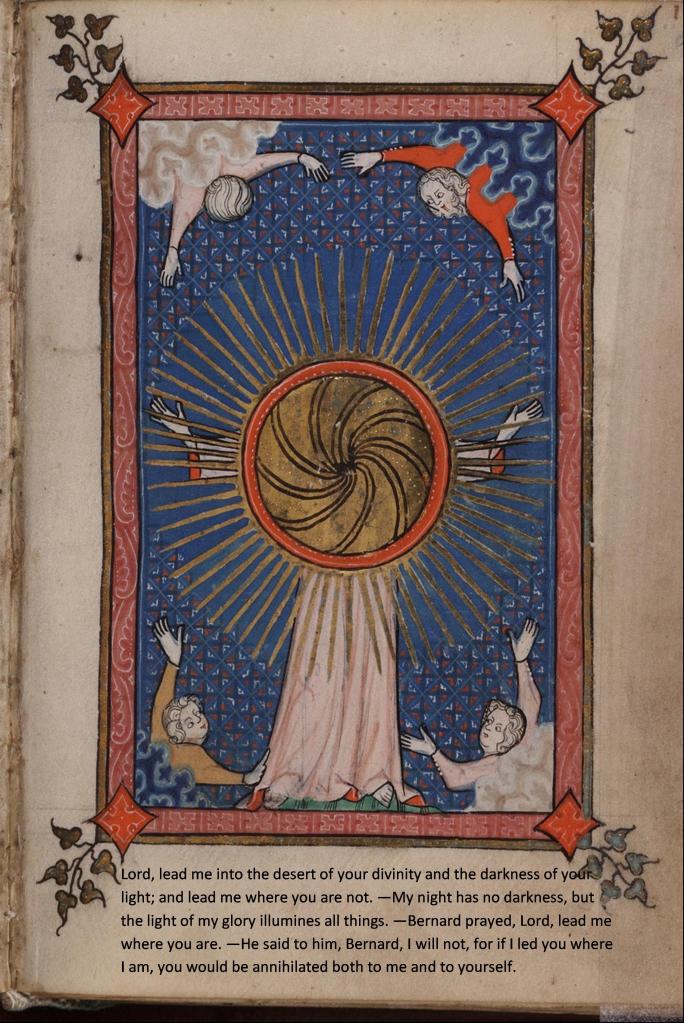
Seen in the light of Ultimate Reality or the Absolute, as articulated through the doctrine of non-duality, both birth and death are unreal and therefore illusory, as even these dichotomies need to be transcended. The Tibetan Buddhist tradition maintains that: ‘Ultimately, there is nothing that dies, since neither self nor mind have true existence.’ This is exemplified in the Heart Sutra
(Prajñaparamita-hr. daya-sutra): ‘Form is emptiness; emptiness is form.Emptiness is not other than form; form is not other than emptiness.’
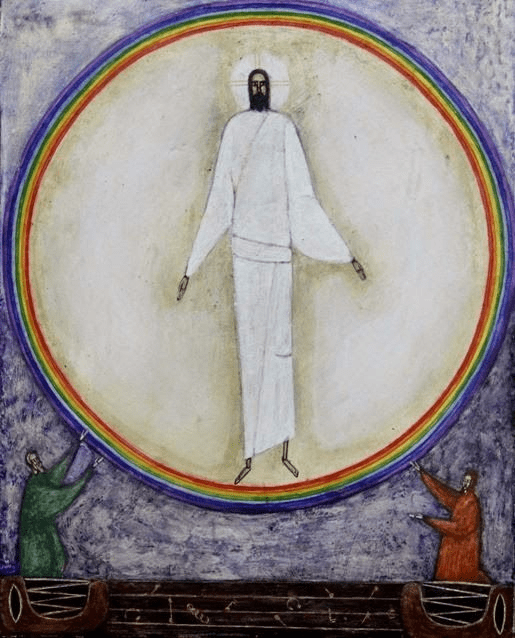
The mutual interconnectedness of all phenomena applies not only to the world of appearances of samsara, but also to the mutuality of samsara and nirvana and life and death—akin to the Taoist metaphysical and cosmological concept of yin-yang where all dualism is nonexistent.
At the core of this psycho-spiritual transformation which provides integral health and well-being in divinis is not a socially adjusted ego, but rather what transcends the empirical ego itself. The secret of the Prophetic Tradition that is affirmed by Muhammad’s injunction ‘Die before ye die’ is a call for self-effacement before the Divine in order to be reabsorbed in the Divine. The spiritual path requires detachment from worldliness and sentimentality, In order to “live” inwardly one must “die” outwardly.’

By dying to the outer limitations, the human being is born into the unlimited and transpersonal dimension: ‘The Divine requires both a ritual and moral preparation whereby the aspirant learns to “die” spiritually.’
Hence, it is essential to position oneself in this very life and to localize oneself in this ontological and existential context, to face one’s mortality and examine one’s life. Through this process, we can see and understand human existence in its most expansive and complete context:
The experience of death is rather like that of a man who has lived all his life in a dark room and suddenly finds himself transported to a mountain top;
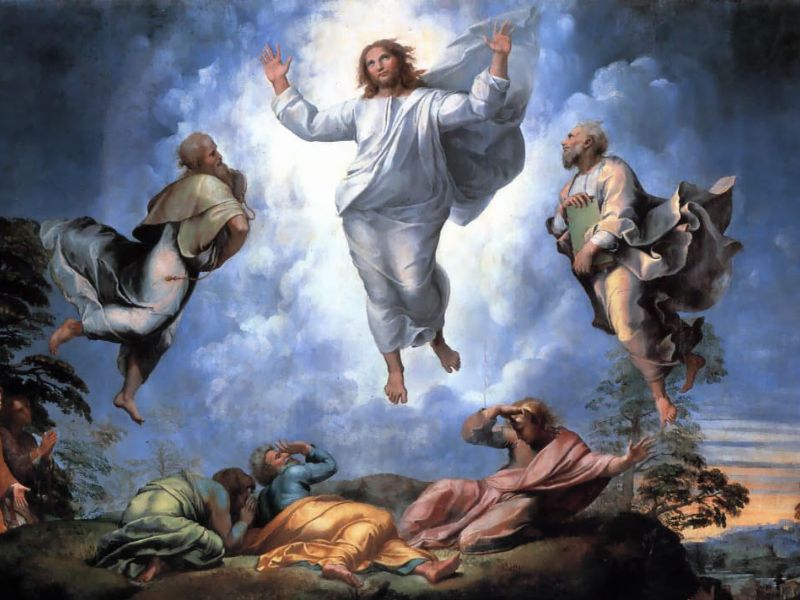
there his gaze would embrace all the wide landscape; the works of men would seem insignificant to him. It is thus that the soul torn from the earth and from the body perceives the inexhaustible diversity of things and the incommensurable abysses of the worlds which contain them;
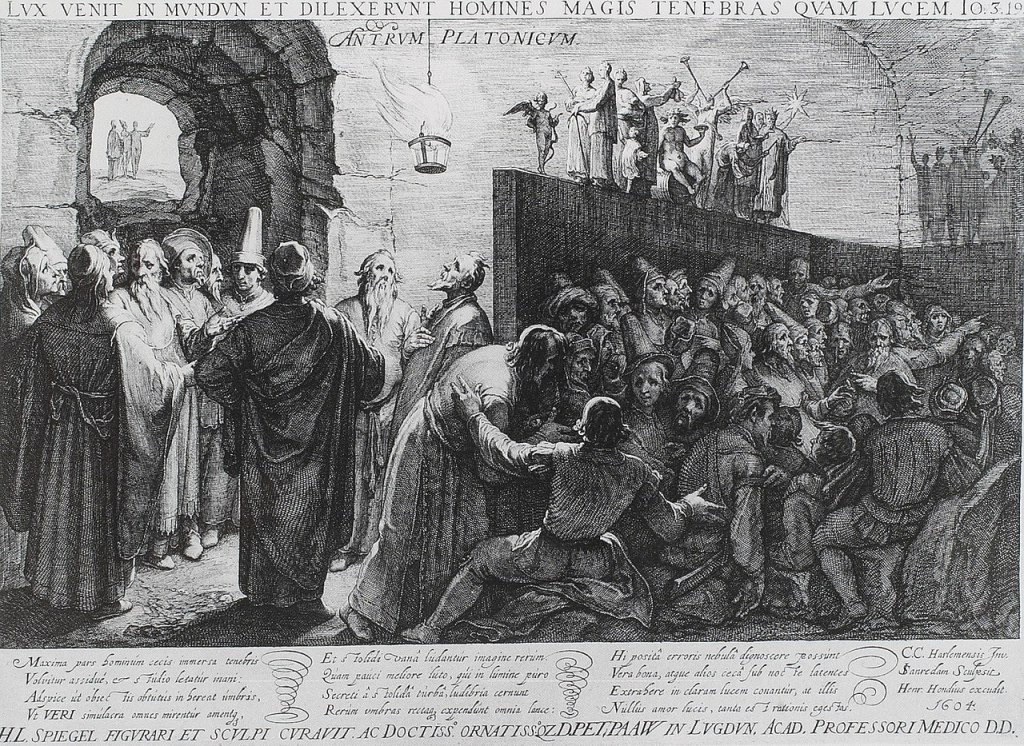
for the first time it sees itself in its universal context, in an inexorable concatenation and in a networkof multitudinous and unsuspected relationships, and takes account of the fact that life has been but an ‘instant’, but a ‘play’. Projected into the absolute nature of things, man will be inescapably aware of what he is in reality; he will know himself, ontologically and without
any deforming perspective, in the light of the normative proportions of the Universe.
Through this ontological and existential positioning that continually keeps death in the foreground of consciousness, the attachment to the world of appearances gradually loosens its hold and gives way so that the reliance on the Divine alone can occur. Read more here…
